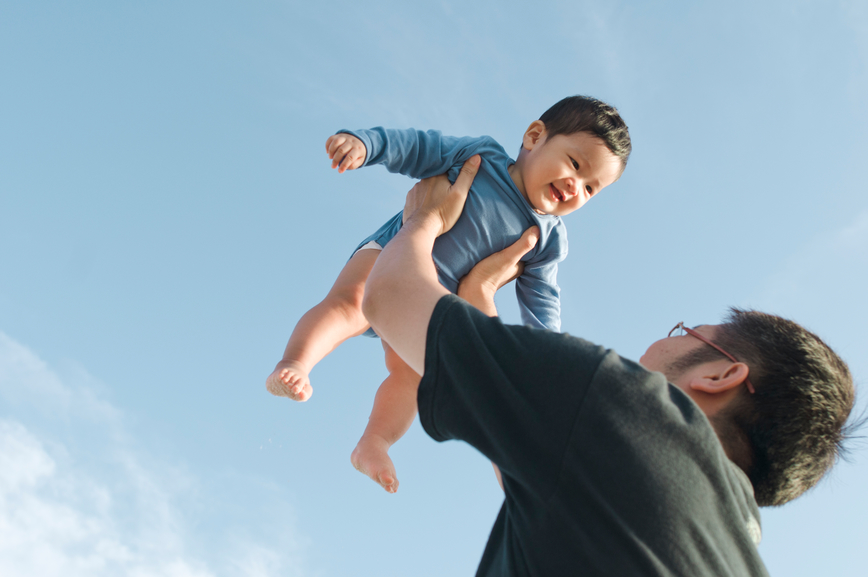Bellamy’s Organic. Confused about when to have your first baby? What’s the formula?
According to an article in the Harvard Business Review, having babies is even more costly that you might think. Prospective ...
Read MoreImportant notice to customers — product packaging changesLearn More
NEW FOOD PACKAGING IN STORE NOW
From August 2018, customers will notice our rebranded food packaging start to appear on shelf in all major stockists.
 CURRENT Packaging
CURRENT Packaging

 new Packaging
new Packaging
We are excited to announce our new packaging will start to appear on shelf from August 2018. This transition to new packaging will occur over a number of months. During this time there will be a mix of current and new packaging on shelf.
There are no major changes to these products, in some instances there is a small name change or slight recipe improvement, see below for the full details.
Products purchased via the website will be delivered to customers in our old packaging until the end of October. From November, products ordered from the website will be delivered in the new packaging.
Please note, our Infant Formula packaging will not be rebranded until later in 2019.
For any questions, connect with our team of accredited practising Dietitians on +61 3 6332 9200
Product name changes
 CURRENT Packaging
Organic Baby Rice
CURRENT Packaging
Organic Baby Rice

 NEW Packaging
Organic Rice with Prebiotic (GOS)
Note: Our Baby Rice recipe has been upgraded to now include GOS Prebiotic
NEW Packaging
Organic Rice with Prebiotic (GOS)
Note: Our Baby Rice recipe has been upgraded to now include GOS Prebiotic
 CURRENT Packaging
Organic Vanilla Rice Custard
CURRENT Packaging
Organic Vanilla Rice Custard

 NEW Packaging
Organic Milk & Vanilla Baby Rice
NEW Packaging
Organic Milk & Vanilla Baby Rice
 CURRENT Packaging
Organic Apple & Cinnamon Porridge
CURRENT Packaging
Organic Apple & Cinnamon Porridge

 NEW Packaging
Organic Apple & Cinnamon Baby Porridge
NEW Packaging
Organic Apple & Cinnamon Baby Porridge
 CURRENT Packaging
Organic Banana, Pear & Mango
CURRENT Packaging
Organic Banana, Pear & Mango

 New Packaging
Organic Banana, Pear, Apple & Mango
New Packaging
Organic Banana, Pear, Apple & Mango
 CURRENT Packaging
Organic Mango, Blueberry & Apple
CURRENT Packaging
Organic Mango, Blueberry & Apple

 New Packaging
Organic Blueberry, Mango & Apple
New Packaging
Organic Blueberry, Mango & Apple
 CURRENT Packaging
Organic Peach & Apple
CURRENT Packaging
Organic Peach & Apple

 New Packaging
Organic Grape, Apple & Peach
New Packaging
Organic Grape, Apple & Peach
 CURRENT Packaging
Organic Pumpkin & Tomato Risotto
CURRENT Packaging
Organic Pumpkin & Tomato Risotto

 New Packaging
Organic Pumpkin, Sweet Potato & Tomato
New Packaging
Organic Pumpkin, Sweet Potato & Tomato
 CURRENT Packaging
Organic Broccoli, Beef & Brown Rice
CURRENT Packaging
Organic Broccoli, Beef & Brown Rice

 New Packaging
Organic Beef & Vegetables
New Packaging
Organic Beef & Vegetables
 CURRENT Packaging
Organic Milk Rusks Toothiepegs
CURRENT Packaging
Organic Milk Rusks Toothiepegs

 New Packaging
Organic Milk Rusks
New Packaging
Organic Milk Rusks

From babies to adults, everyone will experience fear and anxiety at some time in their lives. While it’s normal for your child to experience fear, as a parent you can support their healthy development by assisting them with dealing with their fears. A child who overcomes their fears can be better prepared to deal with uncertainty and challenges later in life.
Children of different ages might have fears for varying reasons, and the nature of your child’s fears can change as they grow. Common fears range from strangers, insects, and blood, to heights and darkness.
Other fears might not be correlated to brain development or age, but could be due to a previous experience. For example, your child might have seen a vicious dog before, and has now come to fear dogs as a result.
If your child is fearful of something, you probably know about it. They might scream and run away, cry and struggle, take shallow breaths, or get cold hands and feet. Other signs of anxiety and fear include impulsiveness, distraction, twitching, sleeping longer than usual or problems getting to sleep, sweaty hands, accelerated heart rate, headaches, nausea, and stomach aches. These signs can all help you work out whether your child is anxious or fearful.
There are many different ways you can help your child. The best approach to take may depend on your child and the nature of the fear.
When fears and anxieties persist and become extreme and severe, they might become phobias. Your child’s reaction to the source of their fear can include hysterics and be otherwise extreme, often lasting for more than a few months. Around three to five percent of children develop phobias. If your child has developed a phobia, it’s best to speak to a psychologist, paediatrician, and/or mental health professional about it.
Fear is a natural part of life for children, and as a parent, you can support your child in overcoming their fears. Taking an empathetic and supportive approach will often be enough to assist your child in successfully dealing with their fears.